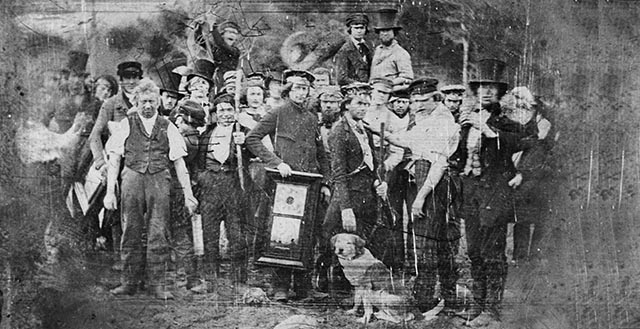
The Industrialisation of Clock-Making by Eli Terry
The industrial production of clocks and watches began in Connecticut (United States) in 1806, where Eli Terry developed movements with interchangeable parts. This method was suited for both unskilled labour and mass production.
In 1806 Terry received an order for over 4000 wooden clock movements, which he was to fulfil within three years. To start out, he made the machinery and tools needed for producing perfectly fitting components in large quantities. As a result, the movements could be assembled without the need for finishing. Each part fit into each movement.
A new type of clock, the “shelf clock”, is attributed to Eli Terry, as well. Because the weights were placed to the side of the movement, the case could be kept short and slender. This way, there would also be room for it on a narrow shelf.
In the late 1830’s, Chauncey Jerome, one of Terry’s former employees, began constructing brass movements which were even less expensive. By 1850, more than 500,000 shelf clocks had been made in Connecticut. They soon rivalled the Black Forest clocks on the world market.